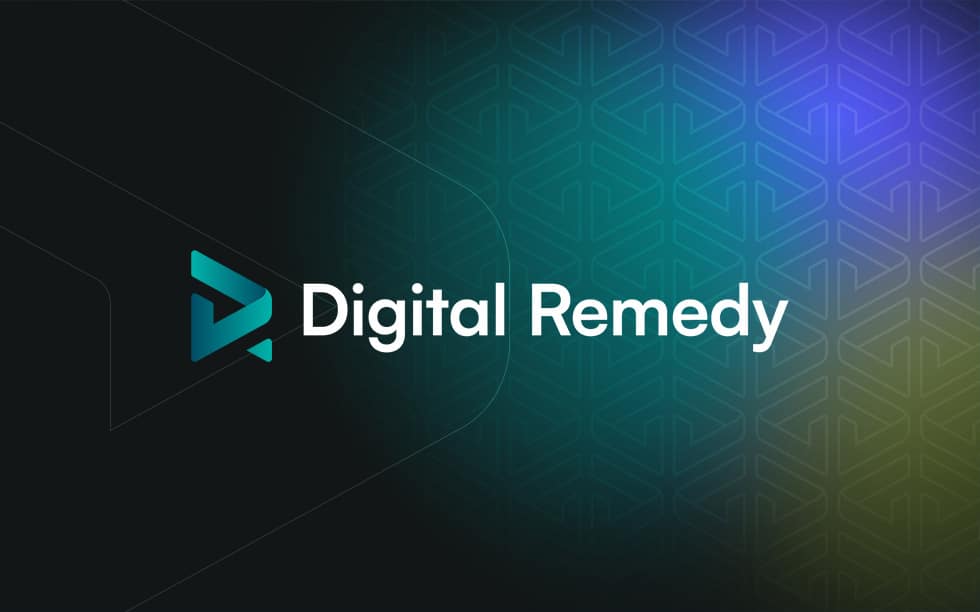Aug 6, 2021
Digital ad fraud is a pervasive problem, and by 2022, it’s estimated that fraudsters will steal up to $87 billion a year from the industry. Having blazed through CTV/OTT, fraudsters have set their sights on digital audio as their latest conquest. David Zapletal, COO at Digital Remedy, recently spoke with The Drum to discuss how fraudsters are shifting their attention to…

Digital ad fraud is a pervasive problem, and by 2022, it’s estimated that fraudsters will steal up to $87 billion a year from the industry. Having blazed through CTV/OTT, fraudsters have set their sights on digital audio as their latest conquest. David Zapletal, COO at Digital Remedy, recently spoke with The Drum to discuss how fraudsters are shifting their attention to the digital audio space, and what marketers need to do to be vigilant and protect their budgets. The silver lining? Reliable partners are on the front lines, working with brand safety advocates like Protected Media to uncover ad fraud to keep the digital media space safe. That being said, here’s what you need to know:
Digital audio is irresistible
Like CTV/OTT before it, there’s been a huge increase in audiences flocking to digital audio, especially during the pandemic. Podcasts, in particular, have accelerated, and seen a boost in ad spending, with revenues approaching $1 billion.
Finding fraud: what to look for
One of the ways marketers can fight back against digital audio fraud is to carefully review reports and look for these tells:
So, what’s a marketer to do?
Until the Media Ratings Council establishes a standard, or a big advertiser sounds the alarm, marketers must do their own fraud protection:
Ultimately, if marketers buy correctly and carefully, fraud won’t happen. But in the rush to capitalize on the audio boom, some brands value quantity over quality. That incentivizes fraudsters and hurts the entire industry.
For more information, you can check out the full article over on The Drum, and follow Digital Remedy on LinkedIn and Twitter for additional industry insights.
Related Posts

As new tariffs increase economic uncertainty, advertisers are under intense pressure to stretch their budgets and prove the value.

The way people consume television has changed dramatically. With audiences shifting away from traditional cable and toward streaming services,.

Staying ahead as a full-service digital marketing agency is no small feat. Between evolving consumer behaviors, rising client expectations,.